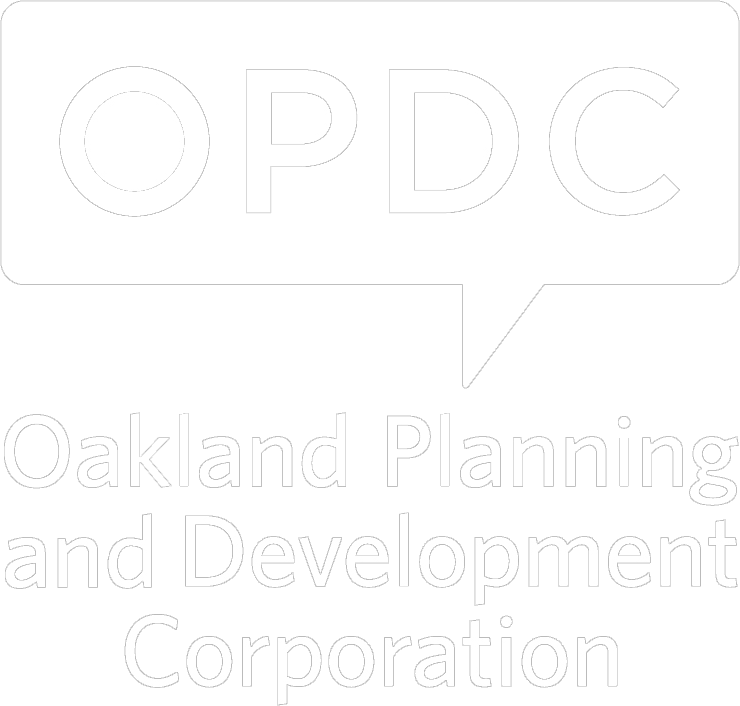By Yihan Liu and Rutuja Badve
Central Oakland is the meeting place of large institutions and a low but dense residential area to the south and west. The Forbes/Fifth corridor forms the north edge of the neighborhood. Central Oakland has a remarkably diverse population in age, background, occupation, and language.
The Oakland Plan suggests introducing new educational resources into the neighborhood. This proposal considers both programmed activities (intangible) and physical urban improvements (tangible).
The purpose of the Community Education Center, which could be an expanded function of OPDC, is two-fold:
Create a facility with spaces for both formal and informal learning for all ages.
Provide a local network of other community functions that improve the livability of Central Oakland.
A Phase Model
The design for the Community Education Center is envisioned in four phases: 2-year, 5-year, 10-year, and 20-year plans.
In the first two years, a survey of needs and talents throughout the area of central Oakland will be conducted to create an “asset map” of the neighborhood. Also, work will begin within OPDC to expand partnerships with institutions in the neighborhood. Third, a suitable site for the Community Education Center will be identified. This proposal suggests using a parking lot currently owned by UPMC along Sennett Street.
In five years, public space and housing improvements will be in progress, and Community Education Center activities will be initiated in existing spaces while construction on the new building gets underway. The Center is located at the meeting place of the small-scale residential and large-scale commercial/institutional areas. The building mass is highest along Sennett Street and steps down in terraces toward the south to meet the residential properties at their same height. Support for alternative transportation, including new bike lanes on Forbes, will be provided by modular cycle repair stations. This is a prototype that can eventually be replicated throughout Oakland.
As a part of the ten-year goal, efforts to increase localization in business development will be launched. The business district on Forbes Avenue as well as the local business district of Central Oakland on Atwood Street will be supported by intensified marketing and monthly street markets. Also, a sustainability resource center will be initiated in collaboration with CMU and Pitt, and educational programs with the existing Oakland Avenue Farm will encourage community involvement.
In the fourth phase, with a twenty-year planning horizon, the Community Education Center will be a fully operational facility that will enable Central Oakland residents to find better employment and enrich their lives. Local initiatives will address hillside remediation and a fund for the maintenance of the city steps. OPDC’s expanded role in the neighborhood and its partnership with People’s Oakland will produce a foster home for children and the elderly.
The Community Education Center



















